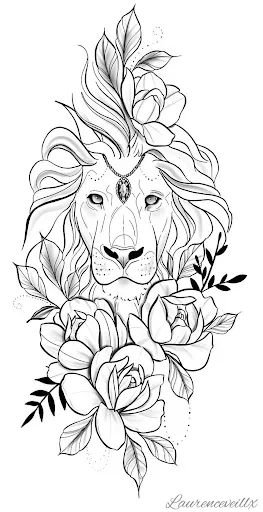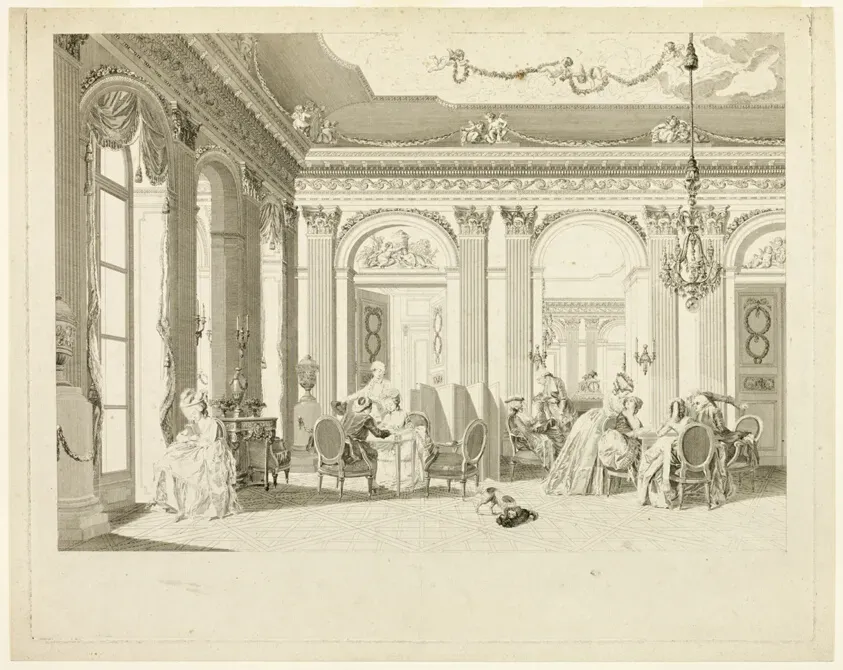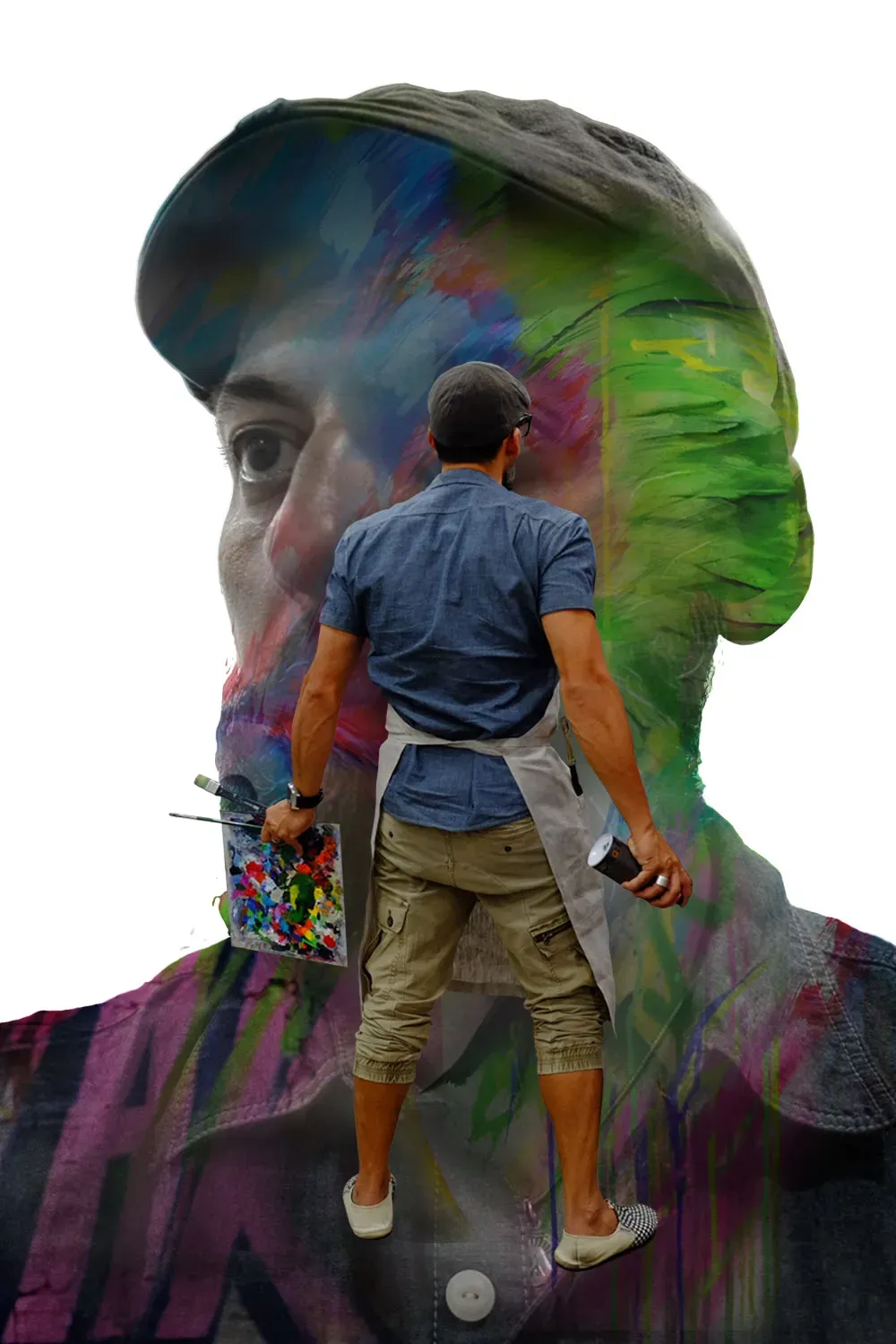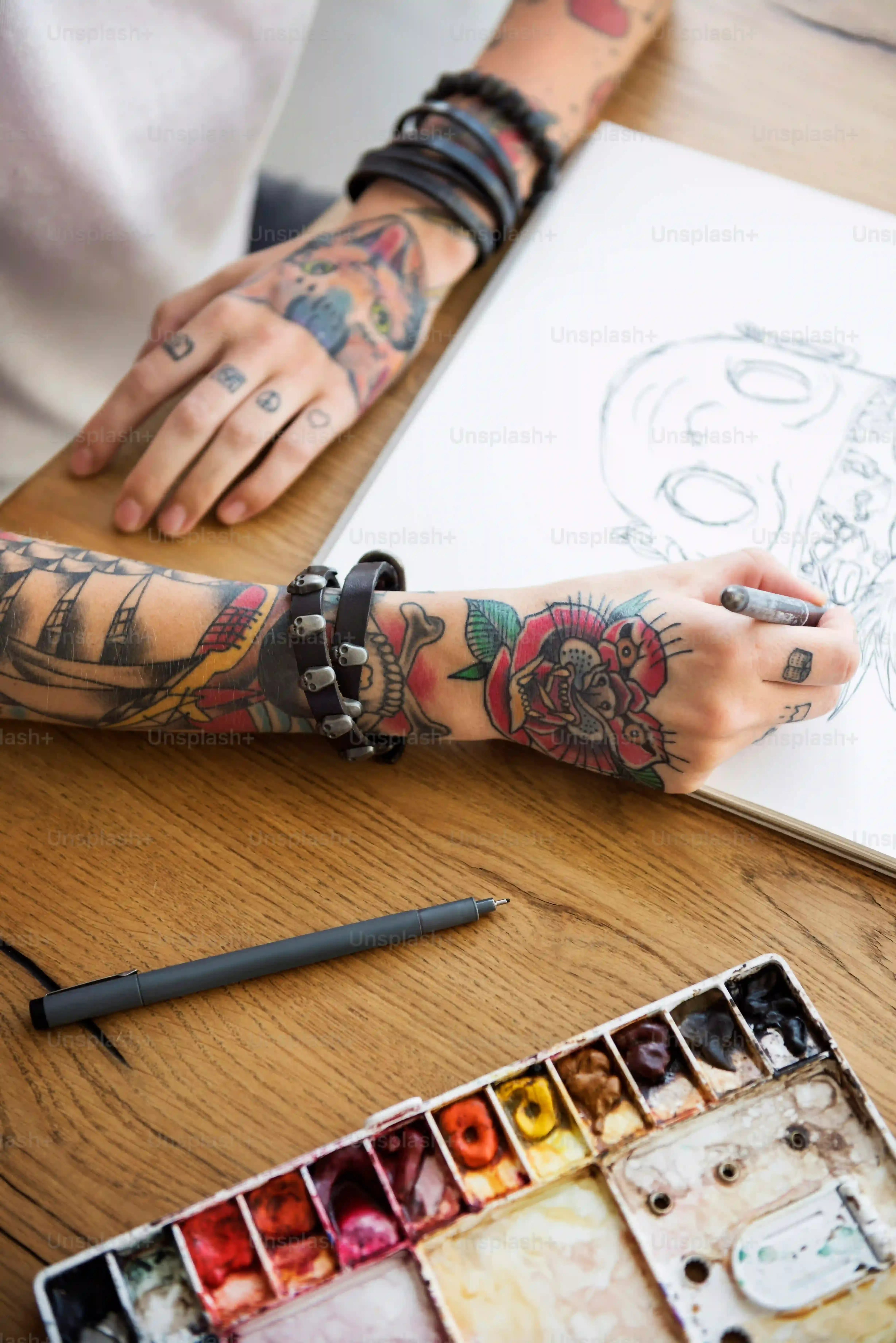Table of Contents
So, you want to get into the tattoo game, or maybe you just enjoy sketching some cool body art?
Common Tattoo Designs to Draw and Sketching Tips
Common Tattoo Designs to Draw and Sketching Tips
Sketching the Ever-Present Rose
Alright, let's talk about roses. You'll draw a lot of roses if you get into this gig, maybe even more than skulls. They seem simple, right? Petals, stem, maybe some thorns. But making a rose look like it belongs on skin, with depth and flow, that's the trick.
Start by understanding the basic form – it's not just random petals. Think of it as layers wrapping around a core. Get the center right first, those tightly wound inner petals. Then build outwards, making each layer slightly looser, more open. Pay attention to how light hits the petals; shading is crucial for making it pop.
Don't just copy a photo straight on. Play with angles. A rose viewed from the side or slightly from below feels completely different. Add a dewdrop or a torn petal – small details give it character and make it yours.
Mastering the Skull: Structure and Style
Skulls. Another staple. Everyone wants a skull, but not everyone wants the same skull. This is where understanding basic anatomy helps, even if you're drawing a stylized version. You need to know where the cheekbone sits, how the eye socket curves, and the structure of the jaw.
Sketch the basic shape first – think of it like a slightly lopsided egg for the cranium, with a separate piece for the jaw. Then add the main features: eye sockets, nasal cavity, teeth. Don't rush the teeth; they're tricky. Are they perfect and menacing, or cracked and aged?
Skulls offer insane versatility. You can add cracks, bullet holes, integrate other elements like snakes or flowers wrapping around them. The style can go from realistic to cartoony, traditional to blackwork. Pick a style and commit to it in your sketch.
- Start with light construction lines.
- Focus on form before detail.
- Use varied line weights for depth.
- Practice shading techniques (stippling, whip shading, smooth blend).
- Draw from multiple reference points, not just one.
The Flow of Snakes and Feathers
Snakes are fantastic for learning flow and movement. They wrap, they coil, they can fit almost anywhere on the body. The key is getting that serpentine curve right. Avoid drawing them stiff or segmented like sausages. Think about how muscles move under scales.
Sketch the main line of the snake's body first, establishing its path. Then add the thickness, making sure it tapers correctly towards the tail. Scales are tedious but necessary for realism; simplified patterns work for traditional or stylized looks. Don't forget the head – fangs, eyes, maybe a flicking tongue add personality.
Feathers, on the other hand, are about delicate structure and negative space. A poorly drawn feather looks like a blob. You need to define the central quill and the barbs branching off. Leave gaps to show the airy, fragile nature. Like roses, play with broken barbs or water droplets.
Breaking Down Popular Tattoo Drawing Styles
Breaking Down Popular Tattoo Drawing Styles
Breaking Down Popular Tattoo Drawing Styles
so you've got the basics of drawing individual elements down, but how do you make them look like they belong together in a specific tattoo style?
This is where things get interesting, and frankly, where a lot of new folks stumble.
It's not just about drawing a clean line; it's about understanding the visual language of Traditional, Neo-Traditional, Blackwork, Realism, Japanese, and all the others.
Each style has its own rules for line weight, color palette (or lack thereof), shading techniques, and how elements are composed.
Ignoring these rules means your "traditional" rose might look like a muddy mess, or your "realism" portrait looks flat and lifeless.
Learning these styles by studying established artists is non-negotiable.
Navigating the Ethics of Tattoo Designs: Originality vs. Inspiration
Navigating the Ethics of Tattoo Designs: Originality vs. Inspiration
Originality vs. Borrowing: Where's the Line?
let's talk about the elephant in the room when it comes to tattoo designs to draw: copying. Look, everyone starts by looking at what's already out there. You see a cool design, and you think, "I want to draw something like that!" That's inspiration, and it's a natural part of learning any art form. The problem starts when "like that" becomes "exactly that." Tracing someone else's flash and calling it yours isn't just lazy; it's theft. Artists put time, skill, and their unique perspective into their work. Using their design without permission, especially for profit, is a quick way to earn a terrible reputation in the tattoo community, and rightfully so.
So, how do you get inspired without becoming a thief?
- Study the elements you like, not the whole design.
- Break down the composition, but rebuild it your way.
- Combine ideas from multiple sources.
- Change the style, perspective, or details significantly.
- Ask yourself: If I saw someone else doing this to my work, how would I feel?
Developing Your Skill with Tattoo Designs to Draw
Developing Your Skill with Tattoo Designs to Draw
Practice, Practice, and Then Practice Some More
Look, there's no magic shortcut to getting good at tattoo designs to draw. None. It's just time at the drawing board. You need to be sketching every single day, even if it's just for 30 minutes. It's about building muscle memory, training your eye, and figuring out what works and what doesn't on paper before you ever think about putting it on skin. Don't just draw finished pieces; draw components. Draw hands, eyes, animal paws, fabric folds. Break down complex subjects into simpler shapes. Your early stuff will probably look rough, and that's fine. Mine sure did. The goal is progress, not instant perfection.
Beyond the Pencil: Mediums and References
Don't limit yourself to just a pencil and paper when you're working on tattoo designs to draw. Grab some fine-liner pens to practice linework – consistency is key in tattooing. Experiment with markers or watercolors to understand color palettes and blending, even if you plan to do black and grey work; understanding light and shadow translates across mediums. And for the love of all that is holy, use good references. Not just other tattoos (we talked about that), but photos of real objects, anatomy books, nature photos. The world is full of inspiration that isn't already filtered through another artist's style. Sketch from life when you can. Draw that weird-looking tree outside your window or your grumpy cat.
- Sketch daily, even short sessions.
- Practice specific elements (hands, eyes, etc.).
- Experiment with pens, markers, and other media.
- Use real-world references (photos, life).
- Study anatomy and form.
Get Eyes on Your Work (The Right Kind)
Showing your tattoo designs to draw to others is nerve-wracking, but necessary. Don't just post it online hoping for likes. Seek out constructive criticism. Find experienced artists or serious art peers who will actually tell you what's weak about your drawing, not just that it's "cool." Learn to take criticism without getting defensive; it's not a personal attack, it's feedback to help you improve. Refine your sketches based on this input. Did someone say the skull feels flat? Go back and work on the shading and bone structure. Is the rose looking stiff? Practice drawing petals with more curve and overlap. This feedback loop is crucial for growth.
Drawing Your Path in Tattoo Design
Look, nobody becomes a master tattoo artist or designer overnight. Creating solid tattoo designs to draw takes time, practice, and a willingness to ditch the notion that raw talent is enough. You've got the basics on tackling popular motifs, a heads-up on the ethical minefield of using other artists' work, and the stark reality that repetition is your friend. Keep sketching, keep refining, and understand that every line you draw adds another tool to your belt. The goal isn't just pretty pictures; it's creating art that translates well onto skin, holds up over time, and respects the craft. So, go draw something.